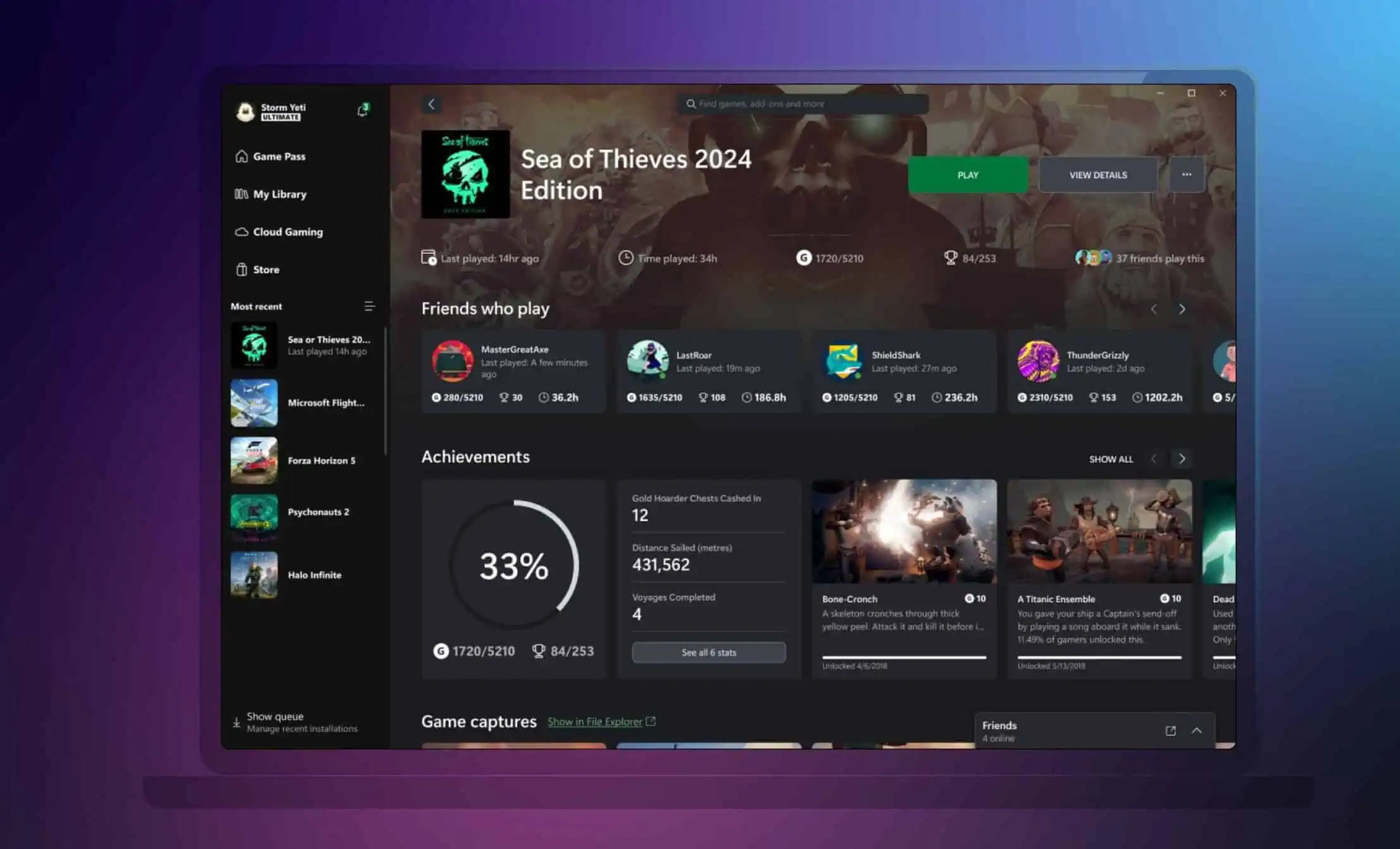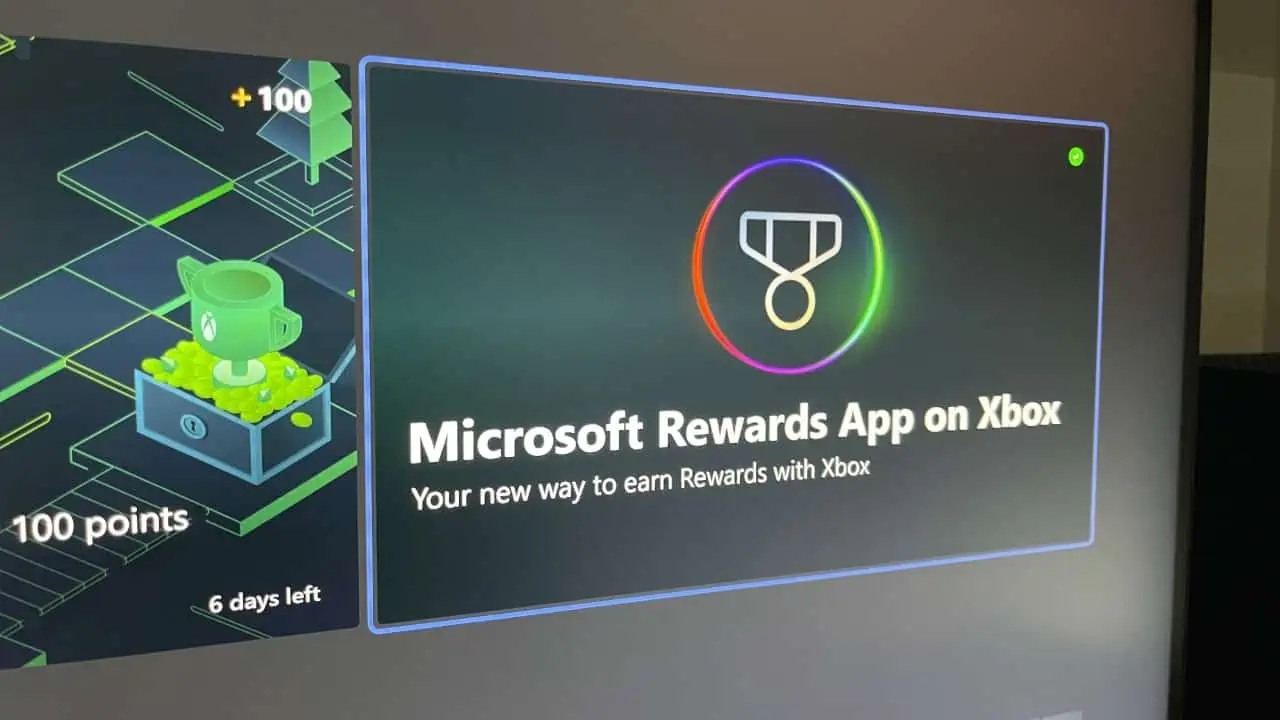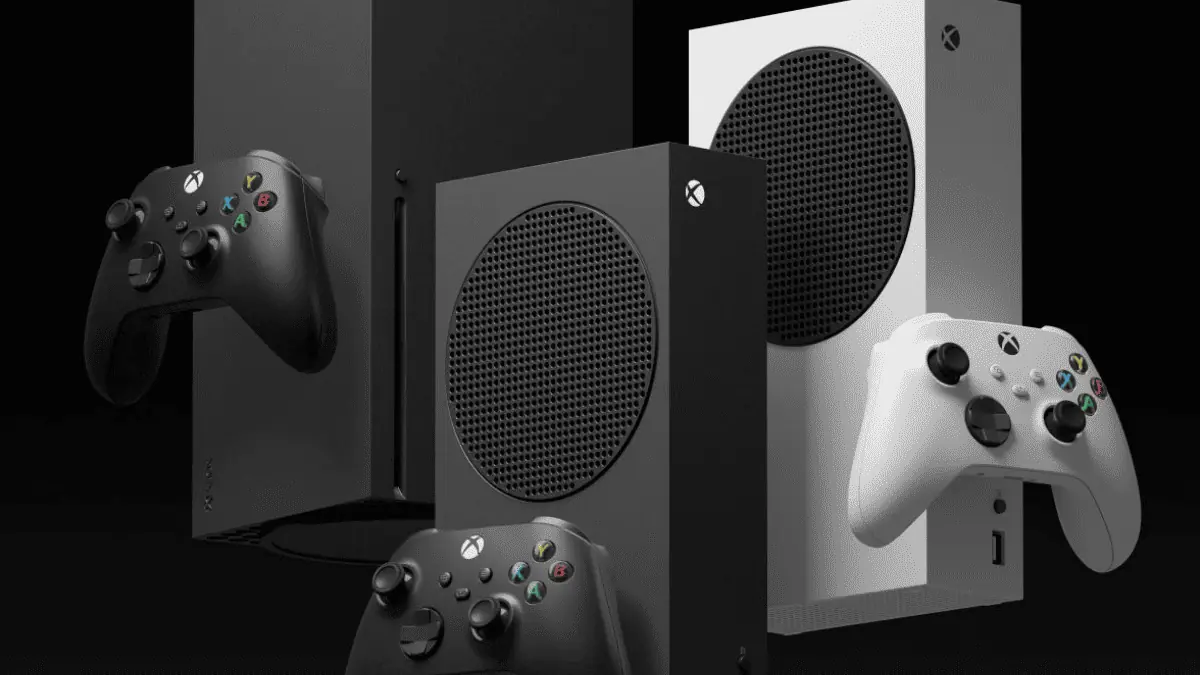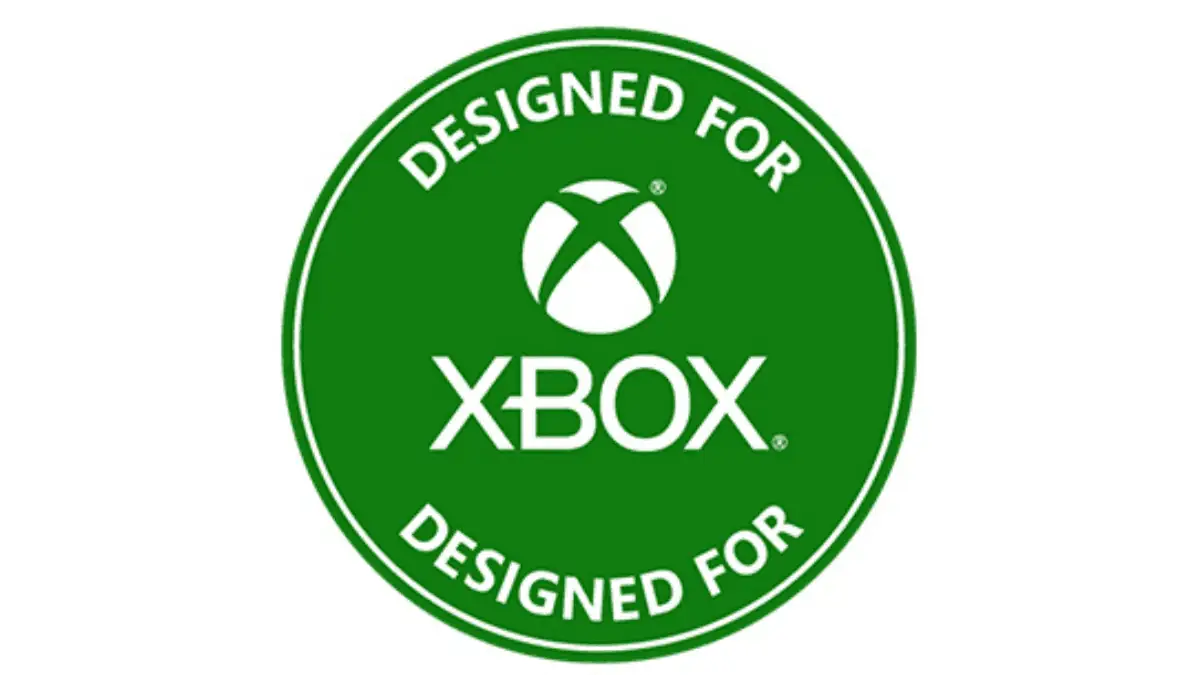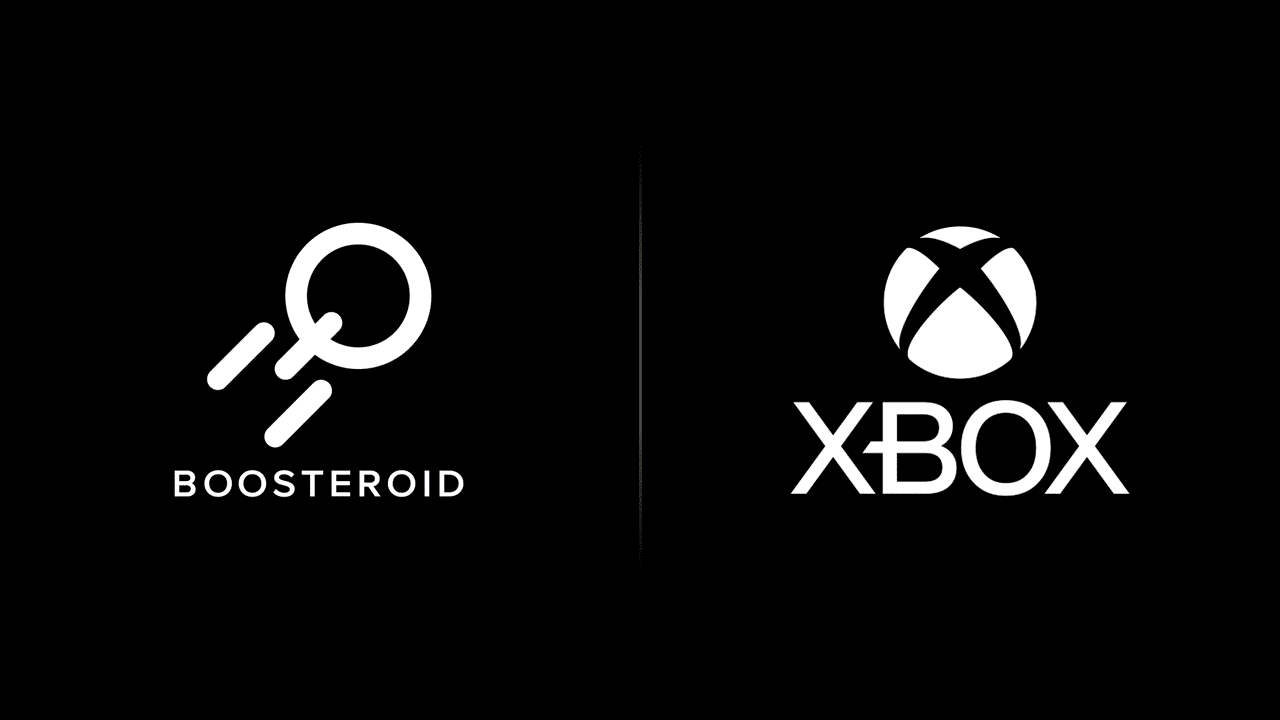Feature: Here's how Microsoft's Kinect is being used to help improve lives
7 min. read
Updated on
Read our disclosure page to find out how can you help MSPoweruser sustain the editorial team Read more

According to the World Health Organization, fifteen million people suffer strokes around the world each year. While many do not survive this affliction, about five million individuals end up becoming permanently disabled. Stroke is the leading cause of long-term disability in many countries including the United States.
Physical therapy is recommended for these patients in order to regain lost limb function and improve the quality of life. It aims to reduce impairment and helps individuals regain mobility. It can also aid patients who experience other forms of brain injury or are diagnosed with conditions like multiple sclerosis and cerebral palsy. Physical therapy uses mechanical force and movement to strengthen muscles and enables people to exercise more control over the affected areas of their bodies.
[shunno-quote]15 million people suffer strokes each year, 5 million patients end up becoming permanently disabled[/shunno-quote]
There are downsides though. Treatments can be expensive and limited due to time constraints. They also lack sufficient intensity to create lasting change. It sometimes becomes more of a formality than a service useful to the stroke victim because they require much more exercise.
Going to frequent physical therapy sessions is too costly for the majority of patients. Many cannot afford them in addition to seeing specialists for their condition. It is just not possible. Taking this into account, a cost-effective and accessible home therapy is required. The solution lies in innovative software and devices like Microsoft’s Kinect sensor.
Researchers at The Ohio State University have developed a therapeutic game called Recovery Rapids that uses Kinect to monitor patient movement. Recovery Rapids is based on constraint-induced movement therapy. Constraint-induced therapy is a form of rehabilitation that improves upper extremity function in stroke and other central nervous system damage victims by increasing the use of their affected limb. It has been shown to produce improvement in patients regardless of their age or how long ago the injury occurred.
Unlike other techniques, constraint-induced discourages use of the unaffected arm and focuses on using the weakened limb intensively to complete certain tasks. While the amount of improvement produced by this method diminishes if the patient’s limb is severely affected, it is still effective in a wide variety of people and promotes recovery. Due to the fact that constraint-induced therapy is beneficial to so many people, using it to create a universal physical therapy game is the right choice.
[shunno-quote]Constraint-induced therapy is beneficial to so many people, using it to create a universal physical therapy game is the right choice[/shunno-quote]
Patients can access Recovery Rapids at any time. The cost is also very low due to the equipment involved. The patient controls a kayaker and uses their weak hand and arm to perform simple tasks. Paddling a kayak, navigating around obstacles, and collecting bottles from the river all promote strength and help with recovery. There are many other exercises as well.
As stated earlier, the Kinect sensor plays an integrate part because it analyzes the patient’s movements and replicates them on the monitor. The individual can see what they are doing and can correct their motion depending on the feedback. The game can also be modified in intensity depending on the progress made by the patient. If someone requires specific or rigorous movements, Recovery Rapids can be changed to provide that. The patients can also adjust the settings themselves if they wish to push harder.
According to David Maung, one of the researchers behind the game, the first prototype of Recovery Rapids was based on the original Kinect sensor. The old sensor captured only arm and shoulder movements so, due to its limitations, a glove with additional sensors needed to be placed on the patient’s hand. This glove analyzed the patient’s finger movements. The latest version of Recovery Rapids takes advantage of the new Kinect sensor that shipped with the Xbox One and makes the glove redundant. The new device can accurately track finger movements so the glove is no longer needed.
Many individuals had difficulty or felt uncomfortable putting the glove on so the new sensor alleviates their concerns. Apart from enhancing patient comfort, the removal of the glove substantially lowers the cost of the equipment. Beforehand, an expensive glove needed to be shipped to the patient and someone needed to help them put it on. Taking it out makes everything cheaper and more accessible. Now the patient only has to download the game.
[shunno-quote align=”right”]Kinect’s Recovery Rapids game was as effective as traditional physical therapy[/shunno-quote]
A clinical trial with eleven stroke victims that presented with arm weakness showed that Recovery Rapids was as effective as traditional constraint-induced therapy provided by a physical therapist. The game also led to substantial improvements in motor speed. While this trial was on a small-scale and many more participants are needed to help Recovery Rapids become a proper and recognized form of therapy, the initial results are very encouraging.
However, how does playing this game translate to real-world improvement? Patients who played Recovery Rapids were better at picking up small objects like a pen or drinking from a cup. Many participants also showed significant improvements in range of motion and arm use. The majority of patients considered the game to be more effective than other rehabilitation therapy they had received in the past and also found it more enjoyable. Traditional physical therapy can seem like a chore but Recovery Rapids is something patients wanted to do. According to some participants, the game improved their motivation to do better as well.
It will be a while before Recovery Rapids makes it way to patients all over the world, but before that happens three major issues need to be addressed. The first issue is that a lot more content is needed so that it can help people with other types of injuries. The second issue is that the patient needs more control over modifying their therapy as well as education about what types of exercises will help them. Considering that every patient is unique, this might be quite difficult. Lastly, this data needs to be packaged in a form that provides the patient’s healthcare provider with meaningful data about the progress of their recovery.
The solutions to the first two problems lie in coding and coming up with simple tutorials that the patient has access to through Recovery Rapids. Having them in the form of instructional videos would be the best because a majority of people do not play traditional video games. The last issue is rather complicated because detailed exercise information is required to gauge the quality of patient movements. Adding a device like the Microsoft Band could have solved this problem.
[shunno-quote align=”left”]Microsoft Band also plays a huge role[/shunno-quote]
The Microsoft Band can monitor a lot of health statistics and putting it on the affected arm will allow healthcare professionals access to information on the quality of exercise. The device also analyzes movements and the data from the accelerometer and gyrometer can be used to determine how effective a routine is. If the patient is having difficulty moving their arm or if they are not exercising as intensely as they should, data from the band will let their doctor know. The accumulated data could be used to tailor a patient’s physical therapy. There are a multitude of uses for this technology.
Recovery Rapids is just one example of how Microsoft devices are improving the quality of life for people around the world. Given the company’s foray into health, they are in a unique position to drastically alter the healthcare landscape. Microsoft should focus on developing affordable products that feature an impressive array of sensors. Researchers will find uses for them. Who would have thought that a video game peripheral could one day aid in the recovery of brain damage? Hopefully Microsoft will seize this opportunity and we will see their products help individuals with other illnesses in the future.


